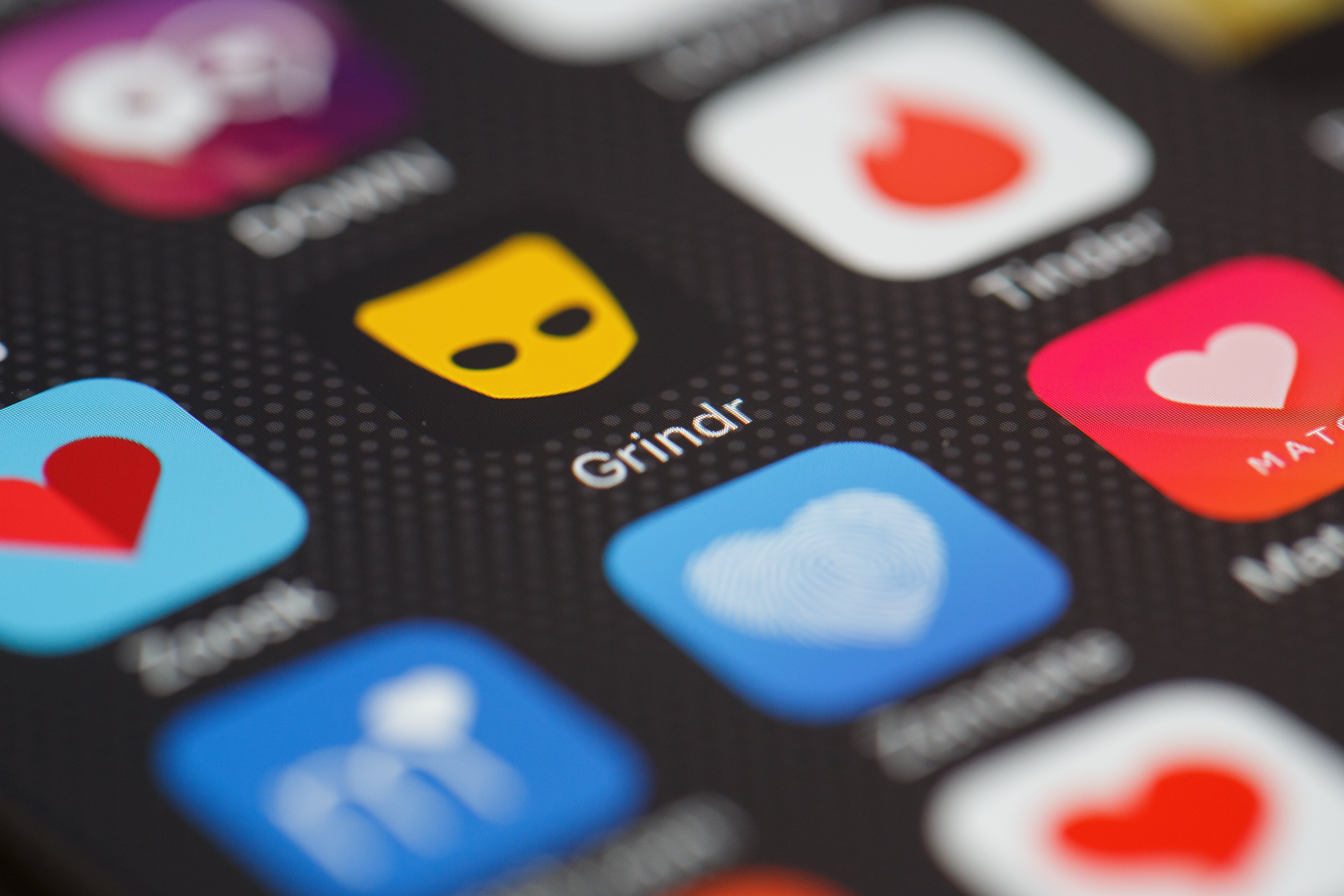Why isn’t Grindr doing more to prevent illegal cyberflashing?
Irrespective of whether the app I use is known for casual hookups, it does not mean I automatically consent to seeing everyone’s genitalia


I never thought I’d be writing an article on why cyberflashing – the act of exposing oneself to another without consent online – shouldn’t be tolerated. But here we are.
Perhaps you have received a DM from a random profile with nothing but explicit images of their genitalia? Or maybe a stranger on the bus has airdropped you a nude? Until recently it had become incredibly common, forcing legal action.
Since 2010, the act has been illegal in Scotland, but only became a criminal offence in England and Wales in March 2022. However, despite cyberflashing now being recognised as a sexual offence with up to 2 years imprisonment and registration as a sex offender, some platforms do little to prevent this. Namely Grindr.
Grindr is a gay app that is now used predominantly for hookups. For those who don’t know me, I am a sex-positive advocate and queer activist. I partake in casual sex regularly via the app and think the concept of it comes with a lot of outdated stigmas.
That said, irrespective of whether the app I use is known for casual hookups, it does not mean I automatically consent to seeing everyone’s genitalia. For this very reason, I decided to set up a petition to get Grindr to take action against cyberflashing – which, to my surprise, was met with some backlash.
Many individuals seemed to advocate for this to continue, stating “it comes with the territory” or “if you don’t like it, use another app”. But if a young woman was sent explicit images of a male’s genitalia without consent or any prior conversation, the matter would be dealt with very differently.
So why has it become so normalised for men to send other men explicit images without consent?
Only recently have sexual harassment/assault cases with men as the victims been taken more seriously, and their need to be advocated for. This stands for cyberflashing, also. In no scenario should anyone be subjected to receiving explicit images without prior consent, whether the person is known to them or not.
Whilst it bothers me personally, my concern is for younger queer people. Grindr is one of the most popular and well-known gay apps, and so it is likely to be one of the first places young queer individuals go to find their people or experiment with their sexuality. Hookup culture and casual sex are now very common, and for those who are willing participants, I see nothing wrong with it.
However, when a younger queer person enters the scene wanting to experiment and figure out what they like and they’re instantly bombarded with nudes, they will become accustomed to it and think it’s normal.
I let out an audible sigh now whenever I get a message saying “someone sent you a photo” – the “someone” meaning a profile with no face and no name has just sent an unsolicited d**k pic. By not calling this behaviour out, both the users and the platform are perpetuating the issue, through normalising the behaviour and teaching younger people that it’s okay.
Many other platforms have algorithms in place to protect their users. Twitter, which allows explicit content and has become a central hub for OnlyFans promotion, still flags content as explicit and requests users’ permission before allowing them to view it. Instagram, meanwhile, flags explicit images being sent and blurs them, protecting users from seeing them without prior consent.
So, why does Grindr not do the same? The only thing they have done is allowed users to select “yes please”, “not at first” and “no” as options for receiving NSFW (not safe for work) images on our profiles – like anyone reads that, or cares!
To keep up to speed with all the latest opinions and comment, sign up to our free weekly Voices Dispatches newsletter by clicking here
My proposition is this; sending and receiving explicit images is a personal preference. I am open to it with the right person with consent. Some don’t care who they’re sent from, and some don’t want them at all. Therefore, the above options for NSFW images should trigger something in the app to block/flag/warn users when such images are sent.
Even having a pop-up that says “X wants to send you an image that we’ve detected may be explicit, do you wish to accept?” would allow people who want to receive them to do so, and for others who don’t to be protected.
It doesn’t matter if the app is 18+, consent is key both offline and online. And unless I give an enthusiastic “yes”, it’s a no. Grindr needs to do more to enforce this and help prevent illegal cyberflashing by its users.
Max is a writer, creator and activist who uses his platforms and influence to promote and discuss queer identities, mental health, body image and sex education. He’s on a mission to break down gender stereotypes, body norms and the stigmas surrounding sexual wellness, by sharing his story as far as he can. You can sign Max’s petition to ban cyberflashing on Grindr here.
